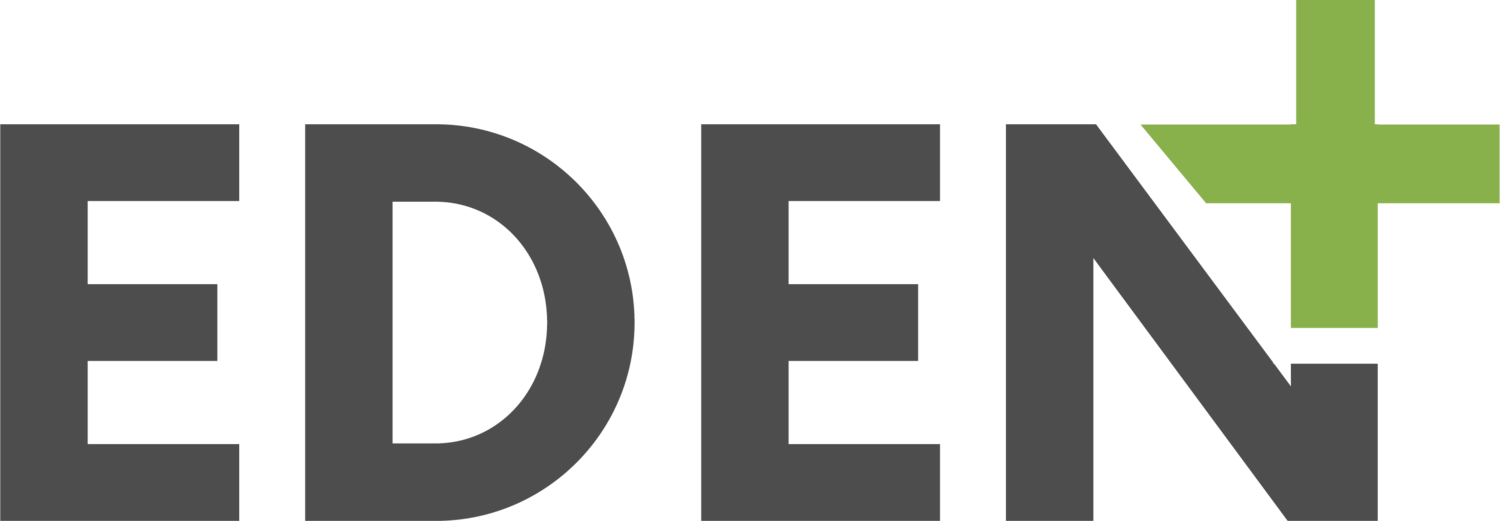One of the biggest obstacles to effective fundraising is one’s fear of failure. Many hesitate to make a gift request because they worry about the conversation that will follow. Fundraisers fear the moment a donor says something unexpected or asks a question they don’t feel ready to answer. That anxiety can keep even the most passionate nonprofit leaders or volunteers from taking the next bold step.
But when you break down the possibilities, a fundraising ask isn’t nearly as unpredictable as it feels. In reality, there are only four answers you’re likely to hear. The first is “Yes,” which is the ideal outcome and a celebration of the relationship you’ve built. This one requires lots of thanks and conversations of gratitude. The second is “No,” which isn’t a dead end; it simply signals that you may need to learn more about the donor’s interests, timing, or just go further into conversation.
The other two answers fall somewhere in between: “Not that much,” meaning the donor is willing to give but at a different level than you requested, and “Not right now,” which often reflects timing rather than lack of interest.
When you understand that these four responses cover most situations, and you take time to anticipate how you’ll handle each one, fundraising becomes far less intimidating. Recognizing these outcomes gives you the confidence to enter conversations prepared rather than afraid. Instead of focusing on what could go wrong, you can focus on connecting, listening, and inviting someone into meaningful impact.
And that shift, from fear to readiness, completely transforms the way you fundraise.
We are happy to be your choice for nonprofit consulting in Iowa. Contact our staff to learn more about what we can do to help you!



